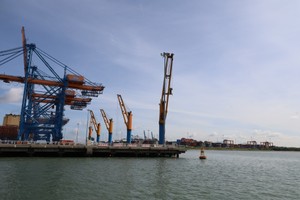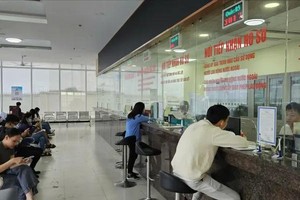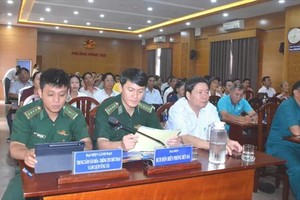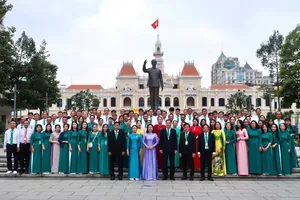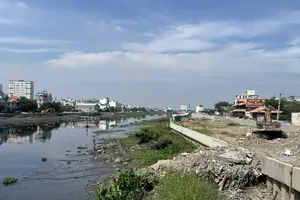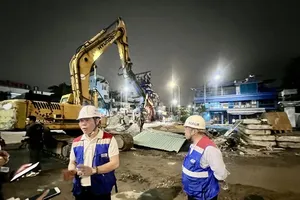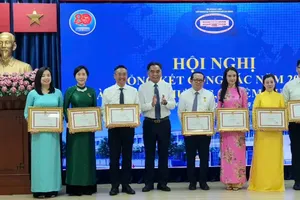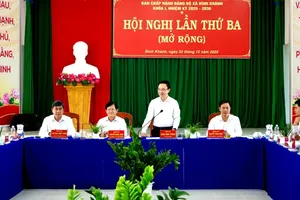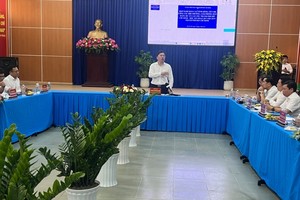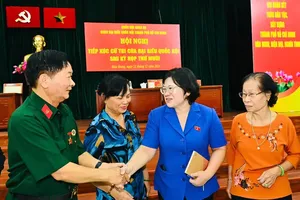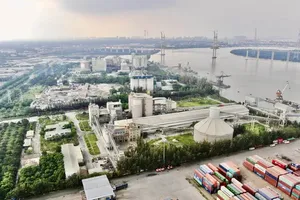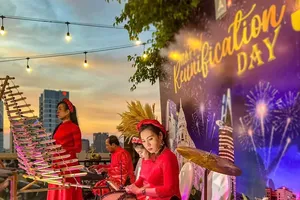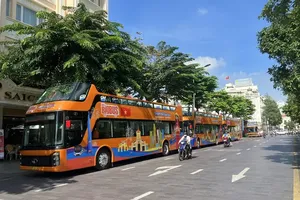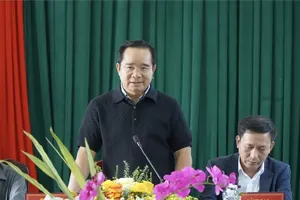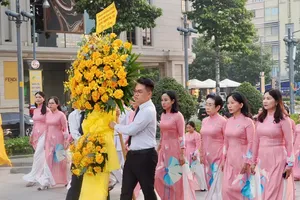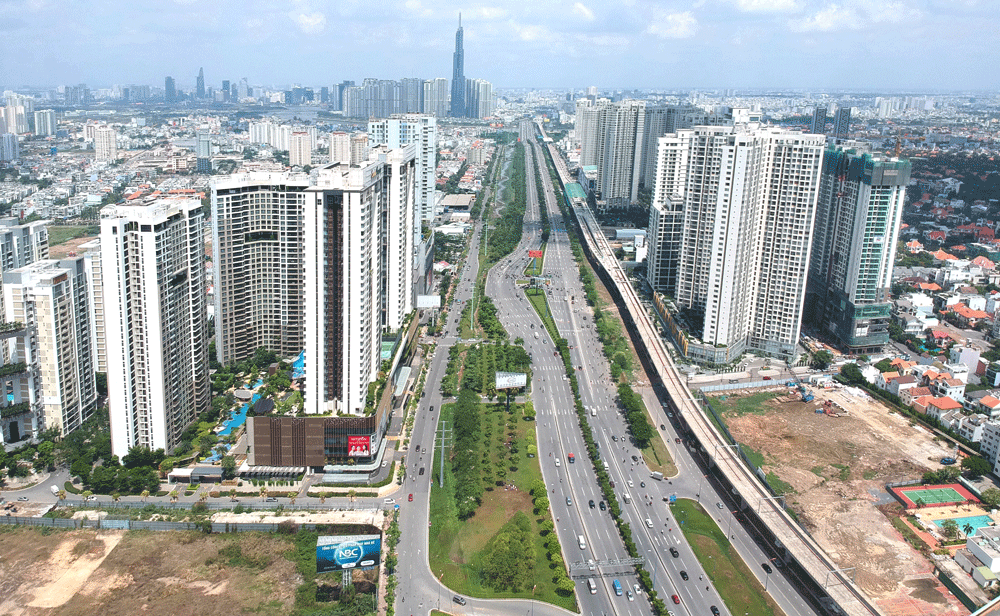
Utilizing land funds
The HCMC Department of Planning and Architecture in June 2020 was directed to survey the land areas up to 800m around the new metro stations, as well as determine their current use purpose and legality of each land plot. The order was given by Vice Chairman of Ho Chi Minh City People’s Committee Vo Van Hoan as part of a plan to implement effective investment policies for the above land funds, thus increase capital budget for the city.
The areas around urban railways are highly appealing to real estate investors, but most would be deterred by administrative roadblocks, said the Head of Management Authority for Urban Railways (MAUR) Nguyen Quoc Hien.
It is suggested that the city use transit-oriented development (TOD) as a legal basis and build integrated residential areas around stations to attract real estate investors.
Policies for attraction
According to MAUR, there are 14 railway lines planned within HCMC, including 2 monorails and one tram line. Total length of all routes is 219km, with total investment of more than US$25 billion. Currently, only metro Lines 1, 2 and 3 have secured capital.
Since ODA loans are getting harder to acquire, it is necessary that urban planning enables the metro system to sustain itself, Hien said. 1:2,000 planning around station has been approved by HCMC People’s Committee and delegated to MAUR for implementation. Line 2, 4 and 5 are to have extra focus since they are gaining more interest from investors.
Careful planning for the land fund will also help attract residents and boost sales for the potential urban areas, since most people would prefer to live a walking distance from metro lines for easy commute. Surveys have concluded that up to 8% urban residents choose to live within a 300m radius around metro stations, 21% within 500m, and 37% within 800m.
The city wants to use the new policies to also improve planning for buildings on both sides since a lot of them are “out of place”. Former Director of HCMC Urban Planning Institute Hoang Minh Tri hopes the city would use this chance to build utility trenches to help urban infrastructures such as power, water supply, drainage, fiber optic cable be carried out efficiently.
Metro trains in developed countries such as Russia, Japan or the Philippines always come with an assortment of supermarkets, convenient stores and shopping complexes, said Assoc. Prof. Dr. Nguyen Minh Hoa. “It might be too late for HCMC to implement these structures since most surrounding land plots now belong to private investors, but without these commodities, metro trains would not be as popular as required”, he stated.
